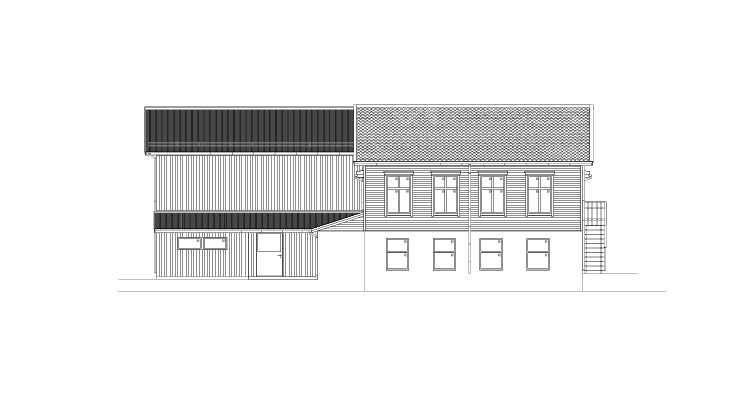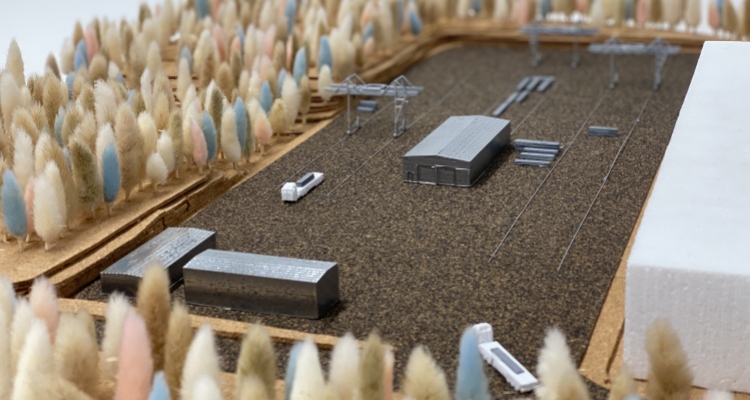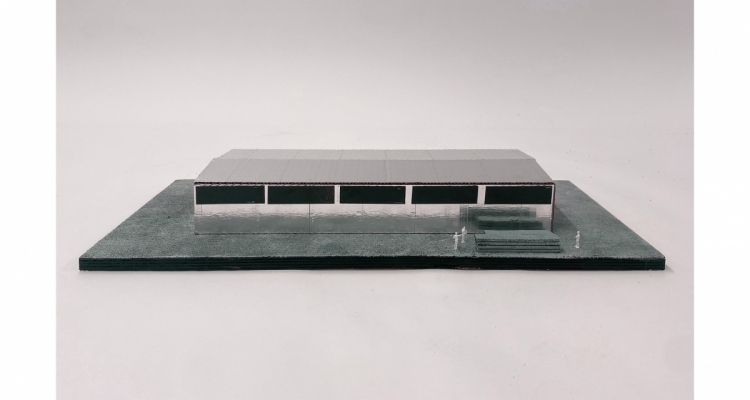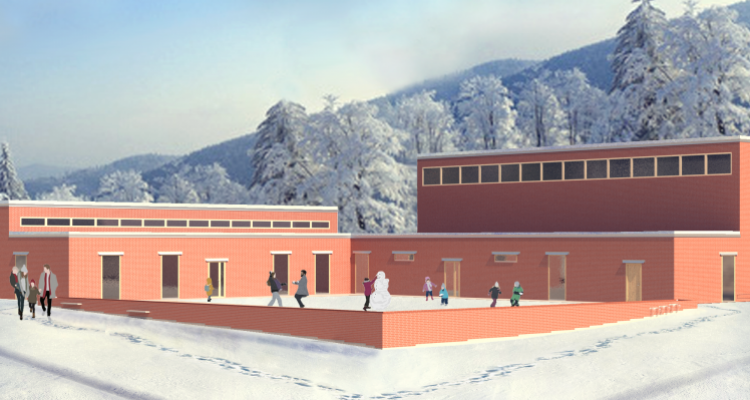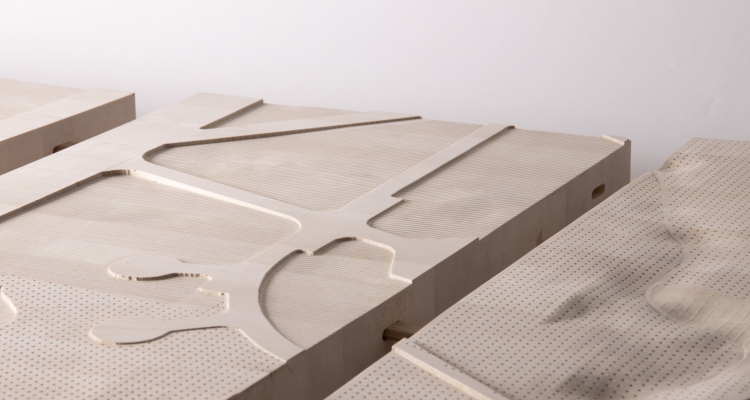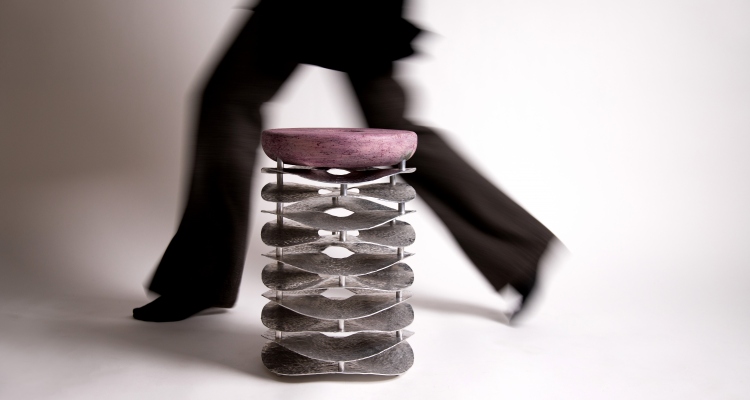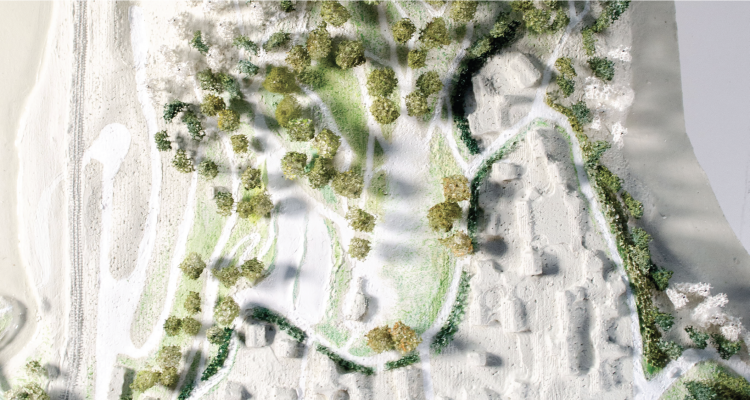Diploma project
As a result of the new regulations residential areas in Oslo are getting more exclusive, and at the same time more houses might get demolished to be replaced by denser ones with more units.
I am transforming a detached house from 1960, a house for Ole with wife, that was demolished in 2021 and replaced by a triplex. Could the site have been densified without demolition, while taking into account the recently adopted changes to the Småhusplan?
I am transforming a detached house from 1960, a house for Ole with wife, that was demolished in 2021 and replaced by a triplex. Could the site have been densified without demolition, while taking into account the recently adopted changes to the Småhusplan?

Norwegian lighthouses, now automated and decommissioned, face an existential challenge. Rendered increasingly obsolete by technological advances, these structures, devoid of regular ongoing maintenance, languish in decay.
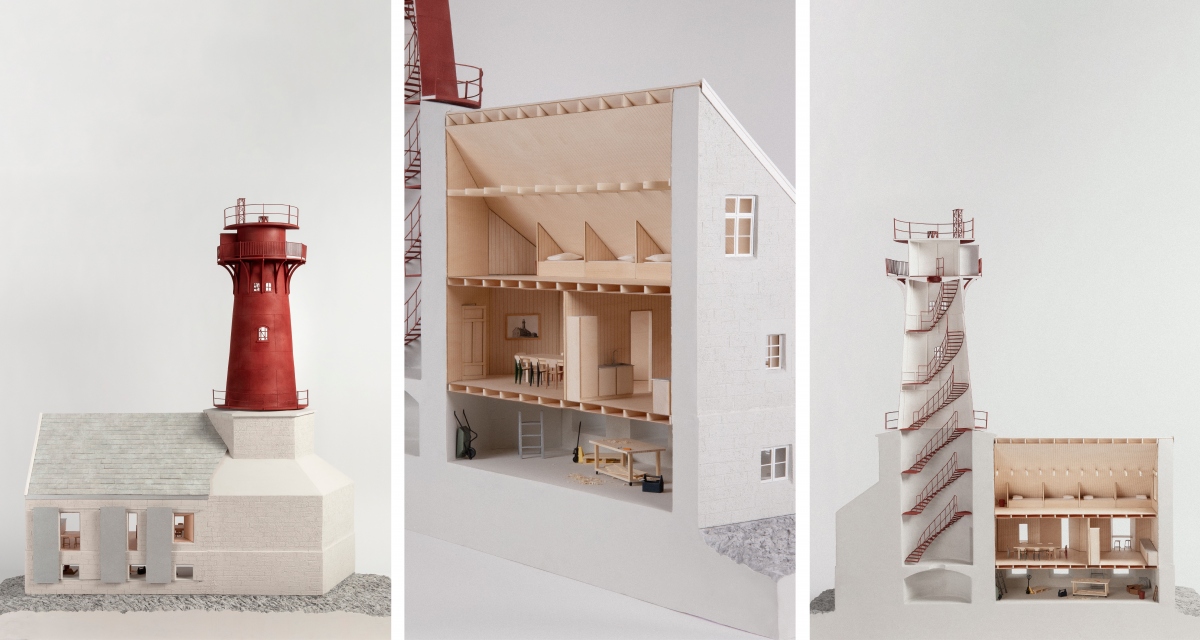


Coexistence by using current conditions.
At the Lista Peninsula, on the south-west tip of the Norwegian coast, there is an almost 3 km long landing strip for airplanes. First built by the Germans during the second world war, then taken over, expanded, and furthered by NATO from 1954, before being reduced to a smaller airport in 1996 with parts of the property being leased for industry. Today, there is an ongoing discussion on how to use the areas around the airpark.
At the Lista Peninsula, on the south-west tip of the Norwegian coast, there is an almost 3 km long landing strip for airplanes. First built by the Germans during the second world war, then taken over, expanded, and furthered by NATO from 1954, before being reduced to a smaller airport in 1996 with parts of the property being leased for industry. Today, there is an ongoing discussion on how to use the areas around the airpark.
The synthetic surfaces we are surrounded by today cause damage to nature and humans. According to recent research, paint accounts for 58% of all the microplastics that end up in the world’s oceans and waterways every year.
How might we reveal hidden processes to challenge the contemporary aesthetic of the surfaces that surround us?
By using comparison as a tool, we are suggesting a shift from synthetic to living surfaces.
How might we reveal hidden processes to challenge the contemporary aesthetic of the surfaces that surround us?
By using comparison as a tool, we are suggesting a shift from synthetic to living surfaces.
Retracing the Marka Border is a project which aims to revitalize and bring new focus to the Marka Border, which for the last years has experienced a lack of focus. The border is today lacking entity, as housing and infrastructure has eaten into the natural edge. This results in varied edge conditions and insufficient protection for the natural forest. Just the last year there have emerged a new interest in Norwegian media for forests which underscores the need for more proactive measures.
Spatial transformations during th 20th century due to urban and infrastructural developments led to the fragmentation of surface-water in the Alna watershed resulting in diminsing the ecosystem. Centered on the Lindeberg basin within the Alna watershed, the site is characterized by impermeable surfaces.
This project explores the potential of these untapped spaces to promote the absorption and guiding of surface-water to bolster hydrological integration and ecosystem resilience.
This project explores the potential of these untapped spaces to promote the absorption and guiding of surface-water to bolster hydrological integration and ecosystem resilience.


